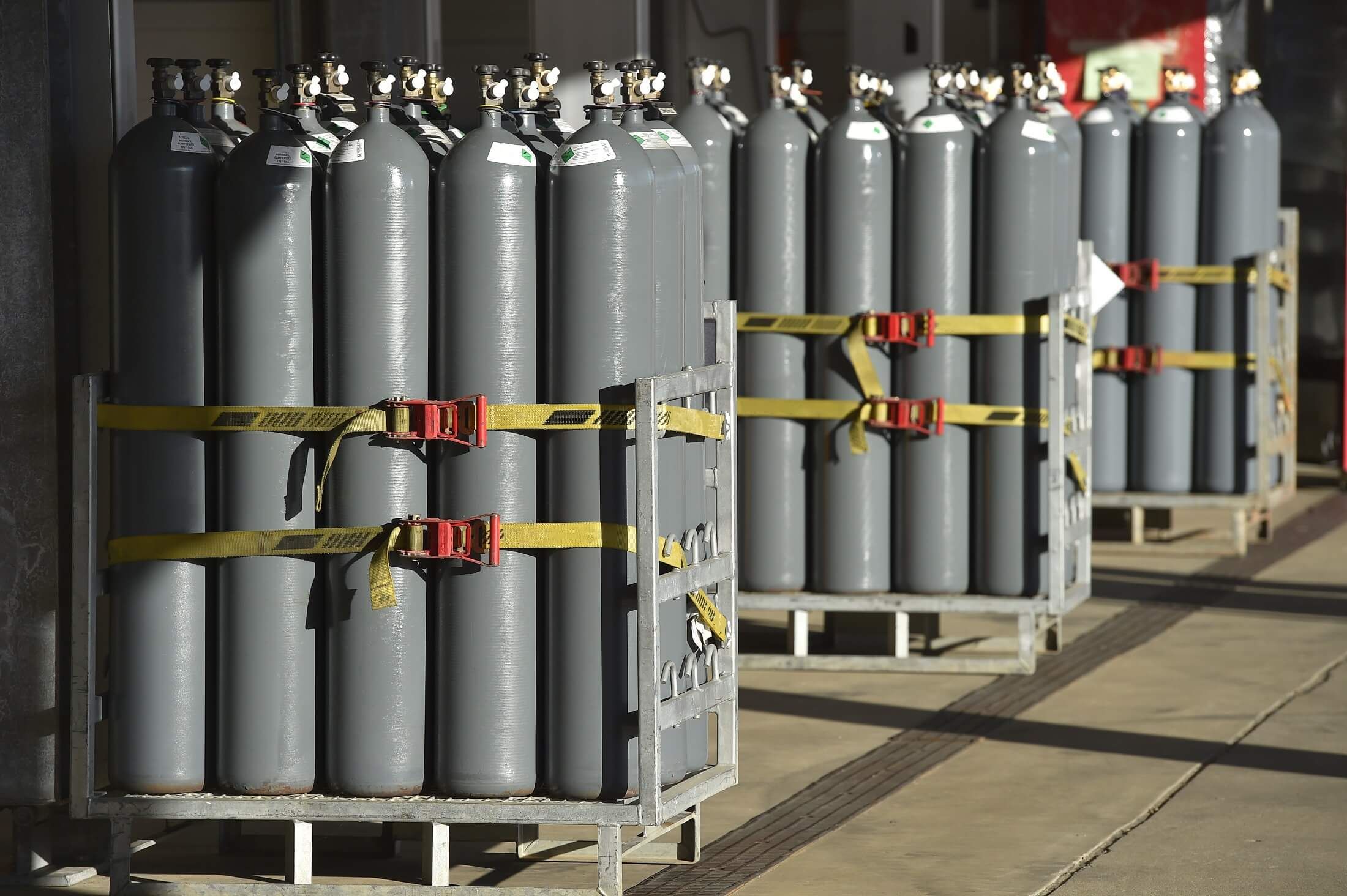

Articles
How To Store Oxygen Cylinders
Modified: December 7, 2023
Learn the proper way to store oxygen cylinders with our informative articles. Keep your oxygen supply safe and secure with our helpful tips.
(Many of the links in this article redirect to a specific reviewed product. Your purchase of these products through affiliate links helps to generate commission for Storables.com, at no extra cost. Learn more)
Introduction
Welcome to our comprehensive guide on how to store oxygen cylinders. Oxygen cylinders are essential medical devices used to provide a steady supply of oxygen to individuals with respiratory conditions or those undergoing certain medical treatments. It is crucial to properly store oxygen cylinders to ensure their safety and functionality.
In this article, we will walk you through the process of storing oxygen cylinders correctly. We will cover everything from selecting an appropriate storage area to securing the cylinders and maintaining a safe environment. We will also discuss the proper handling, transportation, and emergency procedures related to oxygen cylinders. By following these guidelines, you can ensure the safe and effective use of oxygen cylinders.
Before we dive into the details, it’s important to note that storing oxygen cylinders requires careful consideration and adherence to safety regulations. Failure to handle and store oxygen cylinders properly can lead to serious accidents such as leaks, fires, or explosions. Therefore, it is crucial to familiarize yourself with the necessary precautions and procedures to ensure the well-being of everyone involved.
Now, let’s begin by gaining a better understanding of oxygen cylinders and their importance in medical treatments.
Key Takeaways:
- Proper storage of oxygen cylinders is crucial for safety. Choose a well-ventilated, secure area, and follow guidelines for securing, maintaining, and handling the cylinders to ensure safe and effective use.
- In case of emergencies, prioritize safety, evacuate the area, and alert emergency services. Never attempt to extinguish a cylinder fire yourself, and always provide accurate information to responders.
Read more: How To Store Oxygen Absorbers
Understanding Oxygen Cylinders
Oxygen cylinders are portable metal containers that hold highly compressed oxygen gas. They are commonly used in healthcare settings, homecare, and even recreational activities where a reliable oxygen supply is required.
These cylinders are typically made of steel or aluminum and are designed to store oxygen at high pressure. The pressure inside an oxygen cylinder can range from 2,000 to 3,000 pounds per square inch (psi), depending on the type and size of the cylinder.
It’s important to understand that oxygen itself is not flammable, but it supports combustion. This means that oxygen can significantly increase the intensity and speed of a fire if it comes into contact with flammable materials such as oil, grease, or any other combustible substance.
There are various types of oxygen cylinders available, including:
- Compressed Oxygen Gas Cylinders: These cylinders contain pure oxygen gas and are commonly used in medical facilities.
- Liquid Oxygen Cylinders: These cylinders store oxygen in a liquid state, which is more convenient for home use. The liquid oxygen is kept at a very low temperature (-183°C or -297°F) to maintain its liquid form.
- Oxygen Concentrator: While not technically a cylinder, an oxygen concentrator is a device that extracts and concentrates oxygen from the surrounding air. It eliminates the need for oxygen cylinders and provides a continuous supply of oxygen.
Each type of cylinder has its own advantages and considerations. When storing oxygen cylinders, it’s essential to know the specific requirements and guidelines for the type of cylinder you are working with.
Now that we have a better understanding of oxygen cylinders, let’s move on to the next section, where we will discuss the importance of choosing a proper storage area.
Choosing a Proper Storage Area
When it comes to storing oxygen cylinders, selecting the right storage area is crucial. Here are some key factors to consider:
- Ventilation: The storage area should be well-ventilated to prevent the accumulation of oxygen gases in an enclosed space. Proper ventilation helps disperse any potential leaks and reduces the risk of flammability.
- Temperature Control: Oxygen cylinders should be stored in an area with controlled temperatures. Extreme heat or cold can affect the integrity of the cylinders and compromise their safety. The ideal temperature range for storage is typically between 20°C to 25°C (68°F to 77°F).
- Avoiding Ignition Sources: It’s crucial to keep oxygen cylinders away from potential ignition sources such as open flames, sparks, electrical equipment, or flammable materials. This helps mitigate the risk of fire or explosions.
- Secure and Stable Storage: The storage area should provide a stable and secure environment for the cylinders. They should be kept upright and secured to prevent any accidental tipping or falling. Ideally, use a cylinder rack or stand specifically designed for oxygen cylinders.
- Clear Pathways: Ensure that the storage area has clear pathways for easy access to the cylinders. This allows for smooth movement during transportation or in case of emergencies.
- Separate from Other Gases: Oxygen cylinders should be stored separately from other gases, chemicals, or flammable substances. This minimizes the risk of accidental mixing, which could lead to hazardous situations.
It’s important to note that specific regulations and guidelines may vary based on local authorities and industry standards. It’s recommended to consult with professionals or refer to specific safety codes for your region to ensure compliance with the proper storage requirements.
Now that we have covered the importance of choosing the right storage area, let’s move on to the next section, which discusses securing the oxygen cylinders.
Securing the Oxygen Cylinders
Properly securing oxygen cylinders is essential to prevent accidents, such as tipping, falling, or unauthorized access. Below are some key guidelines to follow when securing oxygen cylinders:
- Use Cylinder Chains or Straps: To prevent cylinders from tipping or falling, use cylinder chains or straps to secure them to a wall, sturdy rack, or other fixed structures. This ensures that the cylinders remain in an upright position and are not at risk of causing injury or damage.
- Cylinder Caps and Valve Protection: Always keep the cylinder caps securely in place when the cylinders are not in use. The caps protect the valve from damage and prevent the release of oxygen. Additionally, consider using valve protection caps or guards to protect the valve from accidental bumps or tampering.
- Proper Labeling: Clearly label each cylinder with information such as the contents (e.g., oxygen), the date of the last inspection, and other relevant details. This ensures easy identification and helps track cylinder usage and maintenance.
- Separate Storage for Empty Cylinders: Empty cylinders should be stored separately from full ones. This prevents confusion and ensures that only authorized personnel handle the cylinders appropriately.
- Restricted Access: Limit access to the storage area and ensure that only trained personnel have permission to handle and store oxygen cylinders. This reduces the risk of unauthorized use or tampering, adding an extra layer of safety.
Remember, it is essential to follow the manufacturer’s instructions and regulations specific to your region when securing oxygen cylinders. Additionally, keep in mind that different types of cylinders may have their own specific requirements for securing and storing.
Next, we will explore how to maintain a safe environment around the oxygen cylinder storage area.
Keeping the Environment Safe
Maintaining a safe environment around the oxygen cylinder storage area is crucial to prevent accidents and ensure the well-being of everyone involved. Here are some important measures to consider:
- No Smoking Policy: Smoking or any open flames should be strictly prohibited in the vicinity of the oxygen cylinder storage area. Oxygen supports combustion, and even a small spark can lead to a hazardous situation.
- Avoid Clutter: Keep the area around the cylinders free from any unnecessary clutter or debris. This reduces the risk of tripping hazards and provides easy access during emergencies.
- Fire Safety Equipment: Install fire safety equipment, such as fire extinguishers and smoke detectors, near the oxygen cylinder storage area. Regularly inspect and maintain these devices to ensure their proper functioning.
- Emergency Exit Plan: Develop and communicate an emergency exit plan in case of a fire or any other dangerous situation. Ensure that everyone on the premises is familiar with the plan and knows how to safely evacuate the area if necessary.
- Training and Education: Train employees or individuals responsible for handling and storing oxygen cylinders on proper safety protocols. Educate them about the hazards associated with oxygen and the necessary precautions to prevent accidents.
- Regular Inspections: Conduct regular inspections of the storage area to identify any potential safety hazards or maintenance issues. Check the cylinders for signs of damage or leaks and address them promptly.
- Proper Storage of Flammable Materials: If flammable materials are stored in the same vicinity as the oxygen cylinders, ensure they are stored separately in approved containers and follow the necessary safety precautions.
By following these safety guidelines, you can maintain a secure environment around the oxygen cylinder storage area and minimize the risk of accidents or incidents.
Next, we will discuss the importance of maintaining and inspecting oxygen cylinders regularly to ensure their proper functionality.
Store oxygen cylinders in a well-ventilated area away from heat sources and direct sunlight. Keep them upright and secure to prevent tipping. Avoid storing near flammable materials.
Read more: How To Store Oxygen Tanks
Maintaining and Inspecting Cylinders
Maintaining and inspecting oxygen cylinders regularly is vital to ensure their safe and effective use. Here are some important steps to follow:
- Visual Inspection: Perform a visual inspection of the cylinders regularly. Check for any signs of damage, such as dents, scratches, or corrosion. If you notice any abnormalities, remove the cylinder from service and have it inspected by a qualified professional.
- Check Valve Functionality: Inspect the cylinder valve to ensure it operates smoothly and without any leaks. Apply a leak-detection solution around the valve connection and observe if any bubbles form, indicating a leak. If a leak is detected, consult a professional for repairs or replacement.
- Check Pressure Gauge: If your cylinder is equipped with a pressure gauge, regularly check the gauge to ensure it is functioning correctly and displaying the appropriate pressure levels. Any discrepancies should be reported and addressed promptly.
- Inspect Cylinder Labels: Check the labels on the cylinders to ensure they are legible and up to date. The labels should include information such as the contents, the last inspection date, and other essential details. Replace any damaged or illegible labels as necessary.
- Cylinder Hydrostatic Testing: Oxygen cylinders have a limited lifespan and require periodic hydrostatic testing to ensure their structural integrity. Follow the recommended testing schedules provided by the manufacturer or regulatory authorities. If a cylinder fails the hydrostatic test, it must be removed from service immediately.
- Proper Storage: During the storage of cylinders, ensure they are kept in an upright position and are properly secured as mentioned earlier in this article. Avoid exposing them to excessive heat or cold, and store them away from direct sunlight or any potential sources of damage.
Maintaining and regularly inspecting the cylinders is crucial for detecting any potential issues early on and addressing them accordingly. It helps ensure the safe and reliable use of oxygen cylinders.
In the next section, we will discuss the proper handling and transportation of oxygen cylinders.
Handling and Transporting Oxygen Cylinders
Proper handling and transportation of oxygen cylinders are essential to prevent accidents and ensure the safety of both the users and those around them. Here are some guidelines to follow:
- Wear Appropriate Personal Protective Equipment (PPE): When handling oxygen cylinders, it is important to wear PPE such as gloves and safety goggles. This protects you from potential physical harm and ensures a hygienic environment.
- Use Cylinder Carts or Trolleys: If possible, always use cylinder carts or trolleys designed specifically for transporting oxygen cylinders. These provide stability and make it easier to maneuver the cylinders without risking injury.
- Avoid Dropping or Rough Handling: Handle cylinders with care and avoid dropping or subjecting them to sudden impacts. Rough handling can compromise the structural integrity of the cylinders and lead to leaks or other safety hazards.
- Keep Cylinders Upright: Ensure that the cylinders are always kept in an upright position during transportation. This helps prevent leaks and ensures the proper functioning of valves and regulators.
- Secure Cylinders during Transport: Prioritize the secure attachment of cylinders during transportation to prevent tipping or falling. Use straps or other safety mechanisms to keep the cylinders in place, especially during vehicle transportation.
- Secure Vehicle Storage: When transporting oxygen cylinders in a vehicle, secure them in an upright position and ensure they are protected from potential damage caused by shifting or collision.
- Stay Alert and Mindful: Stay alert and mindful of your surroundings when handling or transporting oxygen cylinders. Be cautious of any potential hazards or obstacles that may impede safe and smooth movement.
- Follow Transportation Regulations: Familiarize yourself with local transportation regulations and guidelines for transporting oxygen cylinders. Adhere to any specific requirements or restrictions to ensure compliance and safety during transit.
It’s important to note that the regulations and guidelines may differ depending on the country or region. Always consult and adhere to the specific guidelines provided by relevant authorities and transportation agencies.
Next, let’s discuss how to handle emergencies involving oxygen cylinders.
Dealing with Emergencies
While we hope to never encounter emergencies involving oxygen cylinders, it is crucial to be prepared and know how to respond effectively. Here are some important steps to follow:
- Evacuate the Area: In case of a fire or other hazardous situation, prioritize the safety of everyone involved. Evacuate the area immediately and follow the established emergency exit plan.
- Alert Emergency Services: Contact emergency services, such as the fire department or paramedics, and provide them with clear and accurate information about the situation. Inform them that there are oxygen cylinders present to ensure they can respond appropriately.
- Do Not Attempt to Extinguish a Cylinder Fire: If a cylinder fire occurs, do not attempt to extinguish it yourself. The fire department should handle the situation using appropriate extinguishing methods designed for oxygen fires.
- Isolate Leaking Cylinders: If you detect a leak from an oxygen cylinder, try to isolate it as much as possible. Move the cylinder to a well-ventilated area, away from any potential sources of ignition.
- Never Use Oil or Grease on Cylinders: Never apply oil or grease to oxygen cylinders or any related equipment, as this can create a highly hazardous and flammable environment.
- Provide Necessary Information: When emergency personnel arrive, provide them with all relevant information about the situation. Inform them about the location and number of oxygen cylinders, and any other pertinent details that can help them respond effectively.
- Follow Medical Directions: If the emergency involves a person dependent on supplemental oxygen, follow any medical directions provided by healthcare professionals. This may include properly adjusting the flow rate or assisting with the use of backup oxygen sources.
- Post-Emergency Assessment: After the emergency has been resolved, conduct a thorough post-emergency assessment. Inspect the remaining cylinders for any damage or leaks, and arrange for necessary repairs or replacements.
Remember, emergencies involving oxygen cylinders can be extremely dangerous, and it’s important to prioritize safety and rely on professional help. Regularly review and update emergency response procedures to ensure preparedness.
Now, let’s conclude our guide on storing oxygen cylinders.
Conclusion
Storing oxygen cylinders safely and properly is essential to ensure the well-being of individuals who rely on supplemental oxygen and to mitigate the risk of accidents or hazardous incidents. By following the guidelines outlined in this comprehensive guide, you can ensure the safe storage, handling, and transportation of oxygen cylinders.
Start by selecting a proper storage area with adequate ventilation, controlled temperatures, and secure storage methods. Keep the environment safe by implementing a no-smoking policy, maintaining clear pathways, and having appropriate fire safety equipment in place.
Regular inspections and maintenance of oxygen cylinders are crucial to identify any potential issues or leaks. Adhere to the recommended hydrostatic testing schedules and ensure proper labeling for easy identification and tracking.
During the handling and transportation of oxygen cylinders, take precautions such as wearing personal protective equipment, using appropriate carts or trolleys, and securing the cylinders upright to prevent tipping or falling.
In case of emergencies, always prioritize safety and follow established evacuation plans. Contact emergency services and provide accurate information about the situation, including the presence of oxygen cylinders.
Remember, it is important to check with local regulations and guidelines, as they may vary depending on your region. Additionally, ongoing education and training for those responsible for handling oxygen cylinders is essential to ensure their safe use.
By following these guidelines and taking necessary precautions, you can create a safe and secure environment for storing oxygen cylinders, providing peace of mind for both individuals who rely on supplemental oxygen and those responsible for their care.
Thank you for reading our comprehensive guide on how to store oxygen cylinders. Stay safe, and remember to prioritize safety in all aspects of oxygen cylinder handling.
Frequently Asked Questions about How To Store Oxygen Cylinders
Was this page helpful?
At Storables.com, we guarantee accurate and reliable information. Our content, validated by Expert Board Contributors, is crafted following stringent Editorial Policies. We're committed to providing you with well-researched, expert-backed insights for all your informational needs.
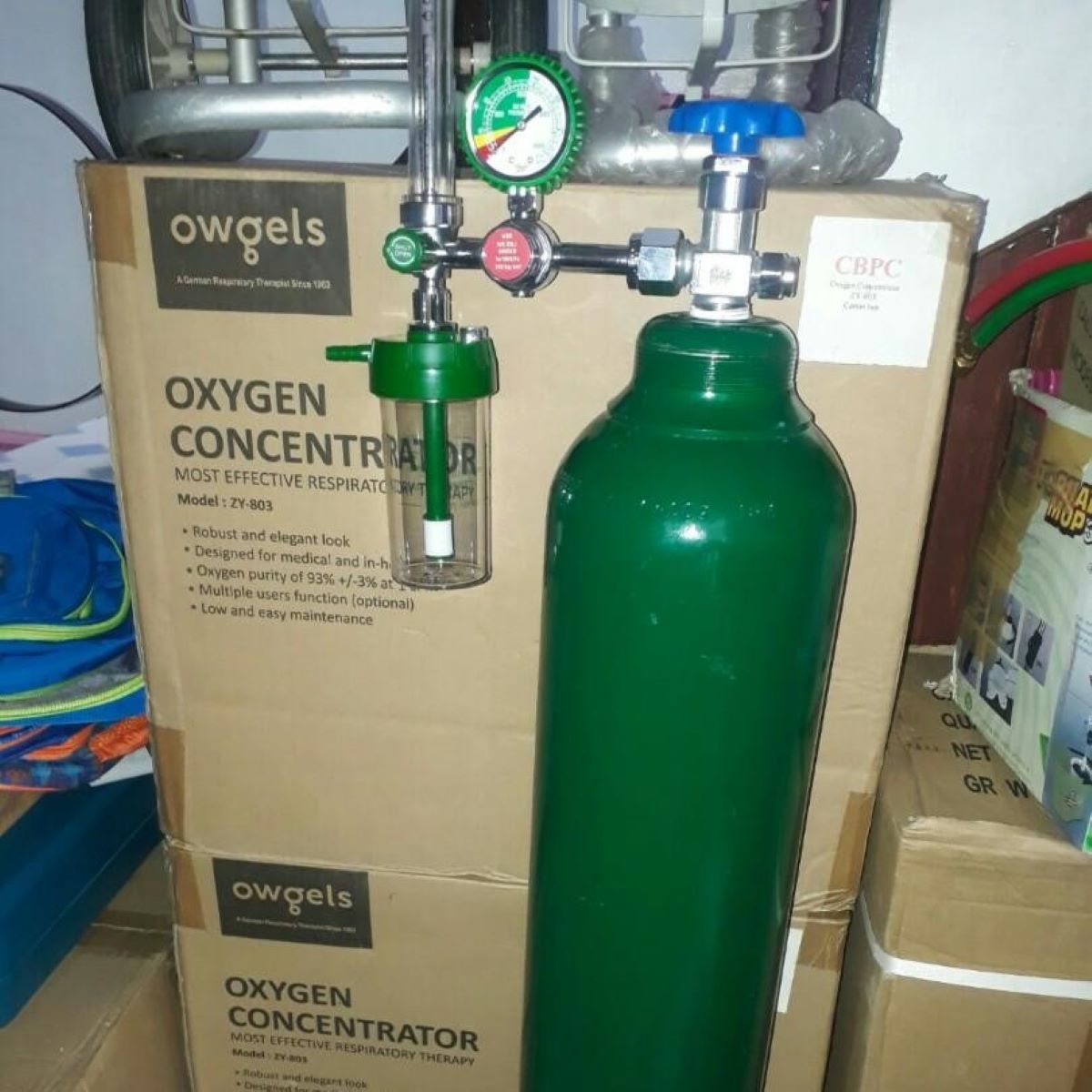

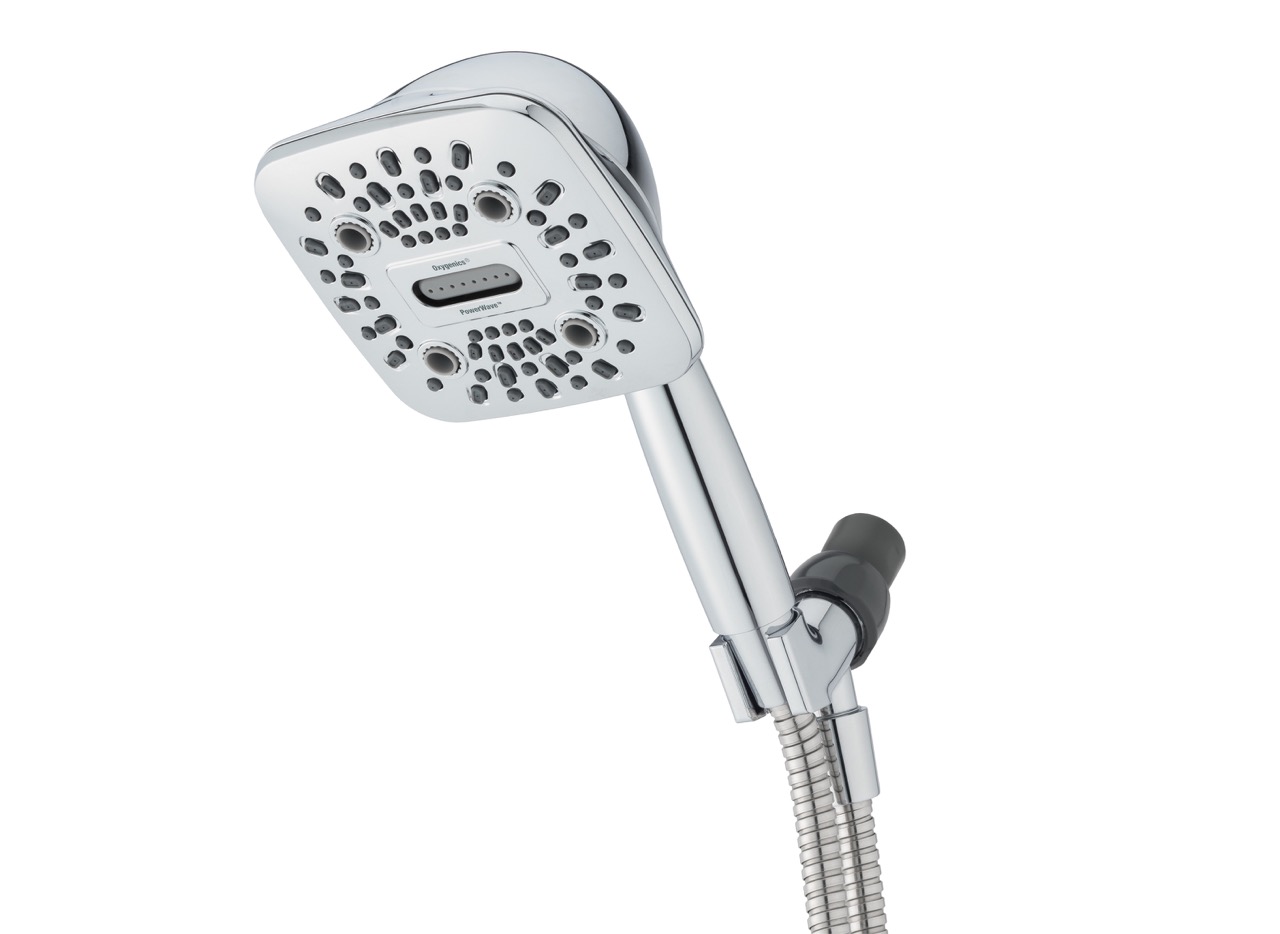
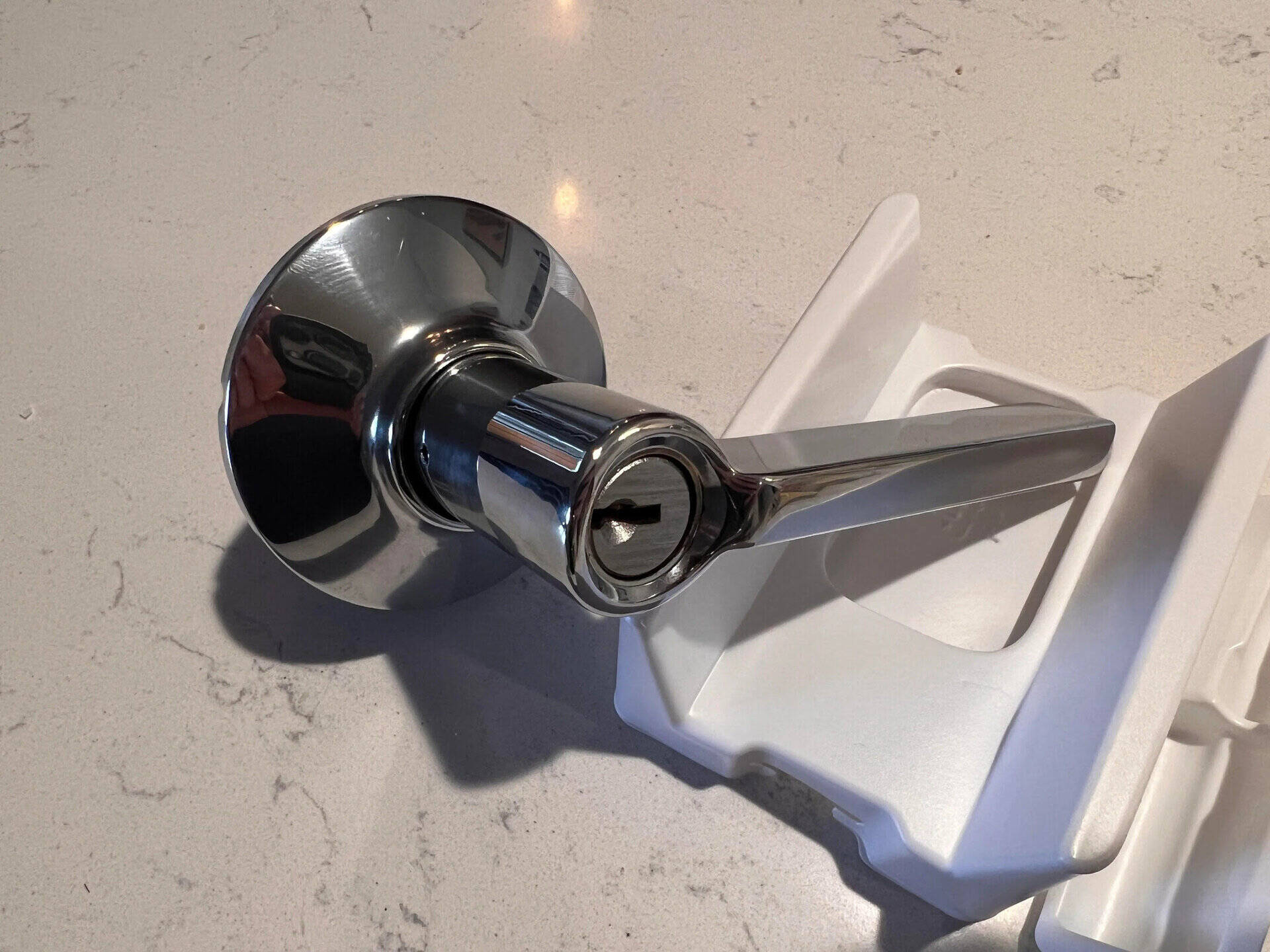
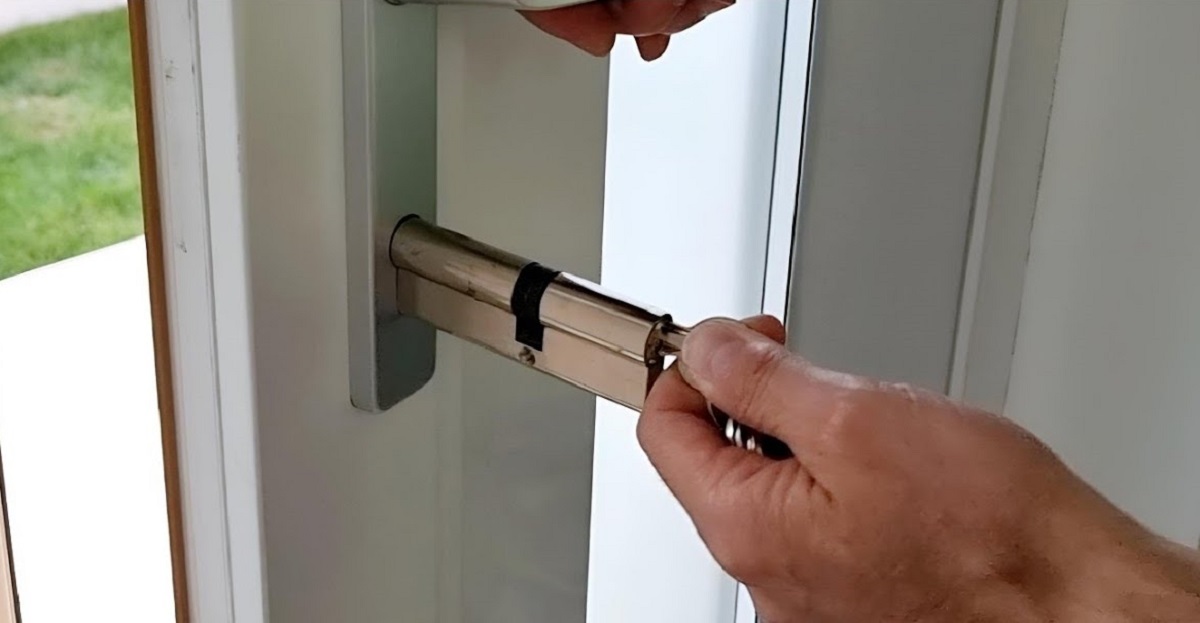
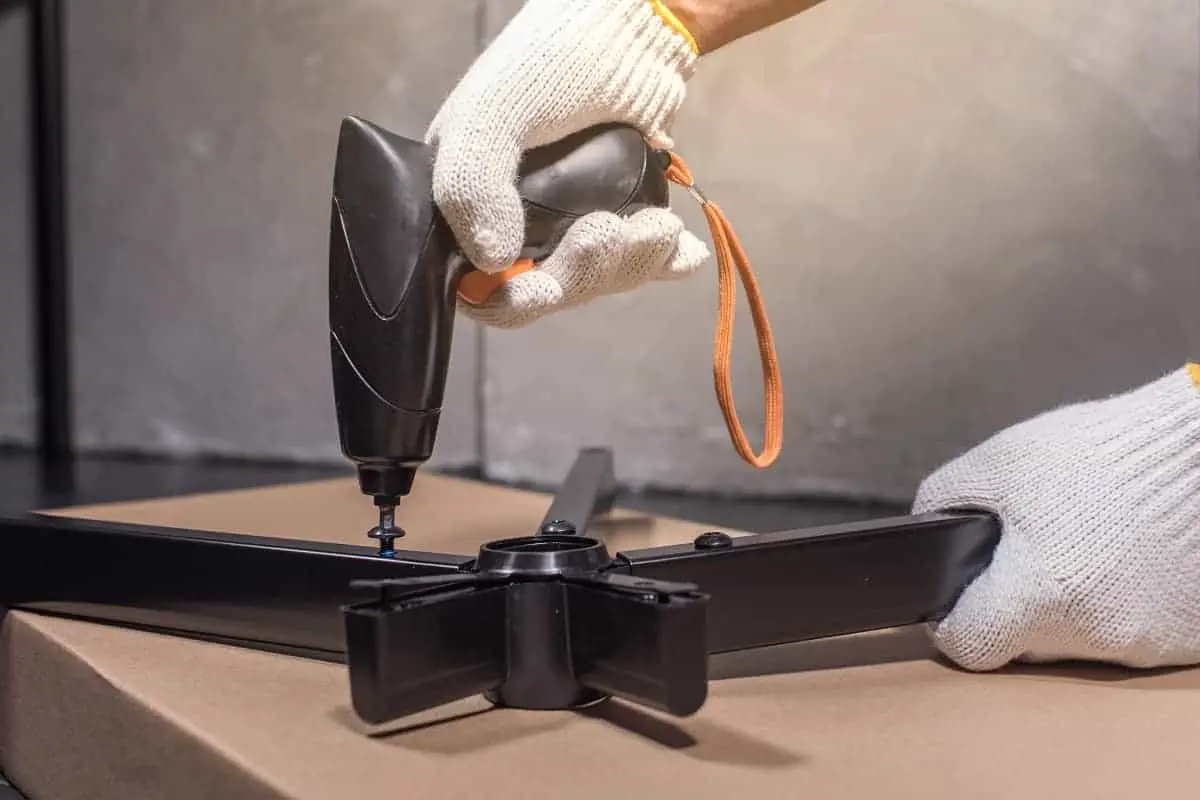

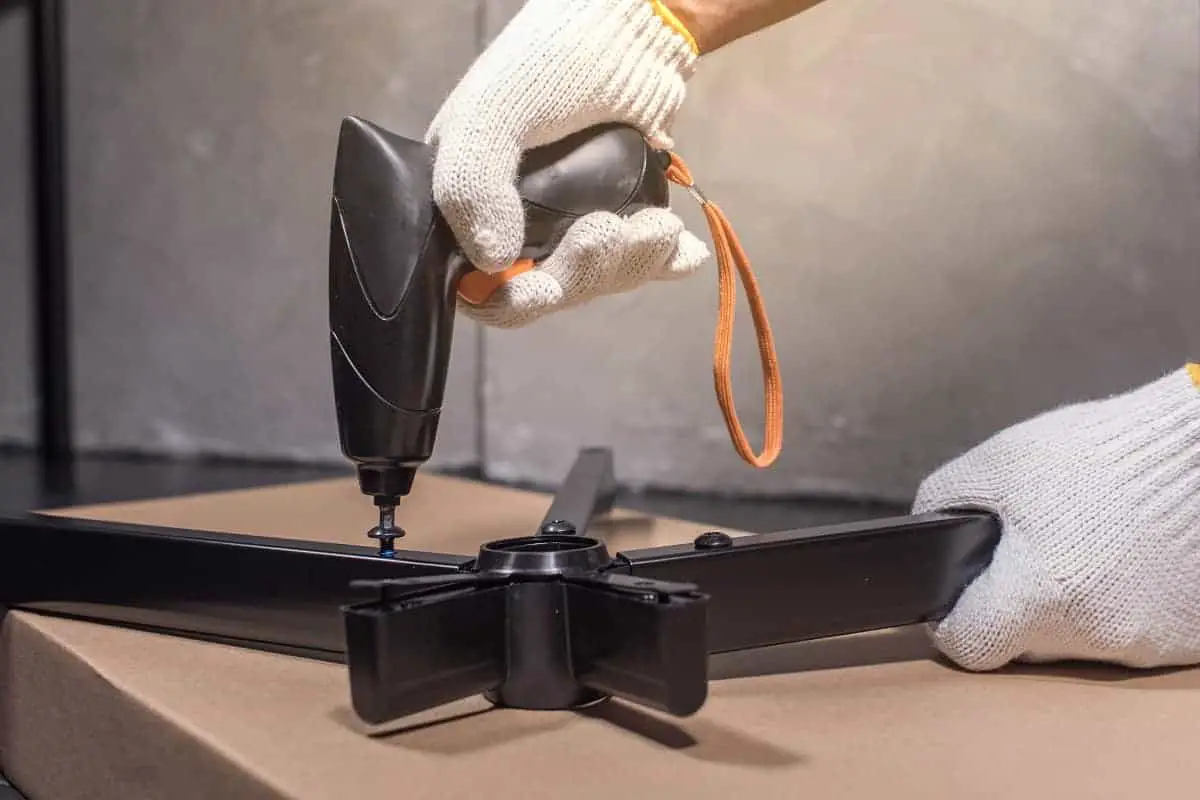
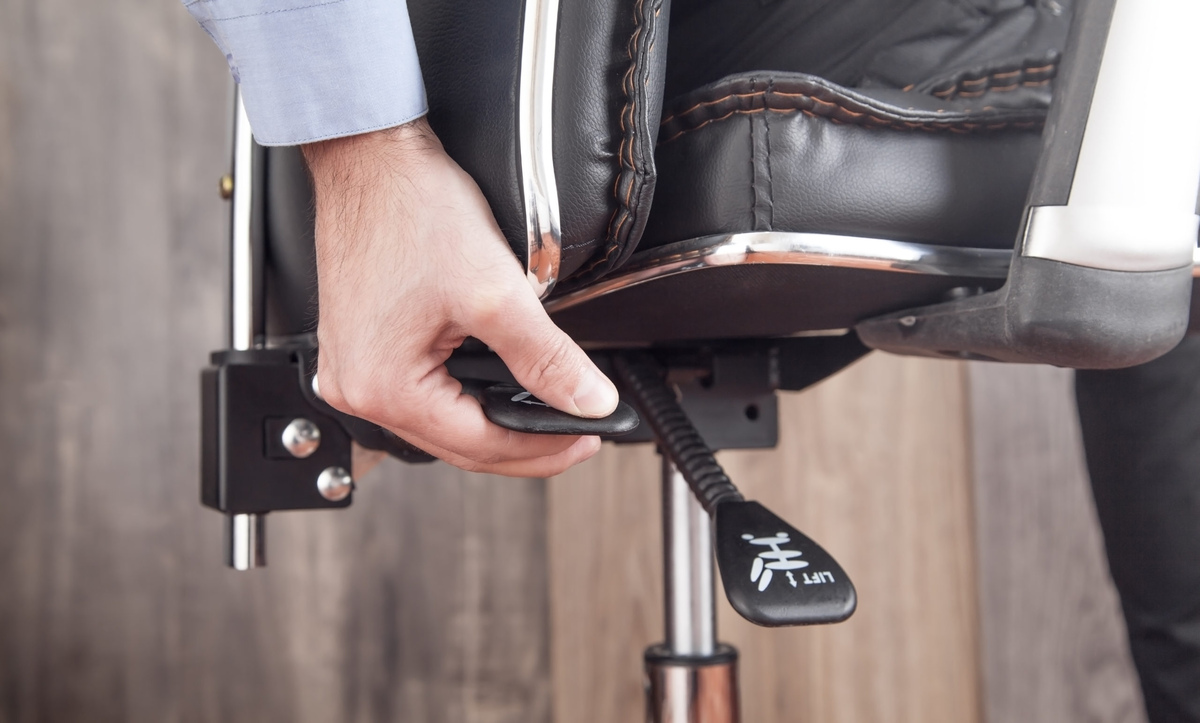
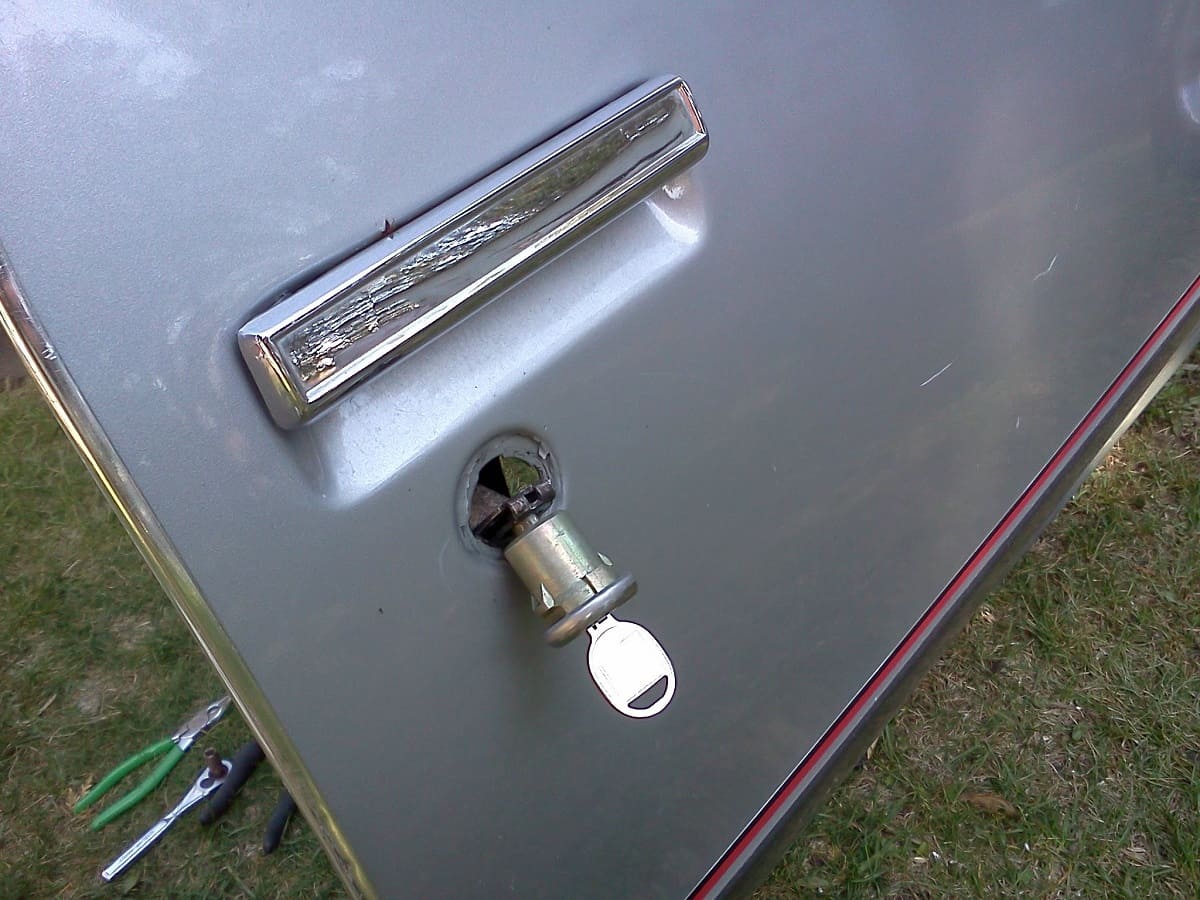
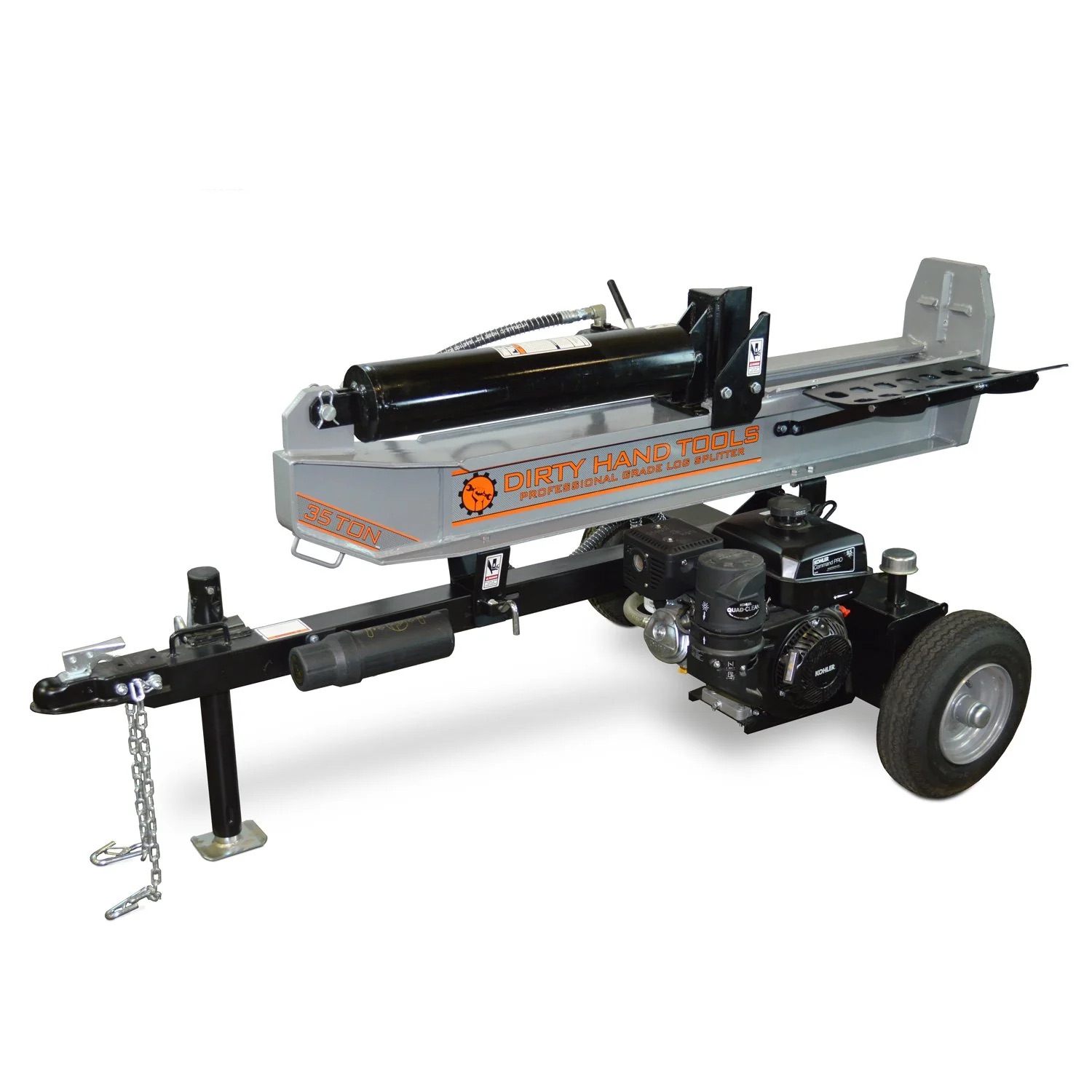
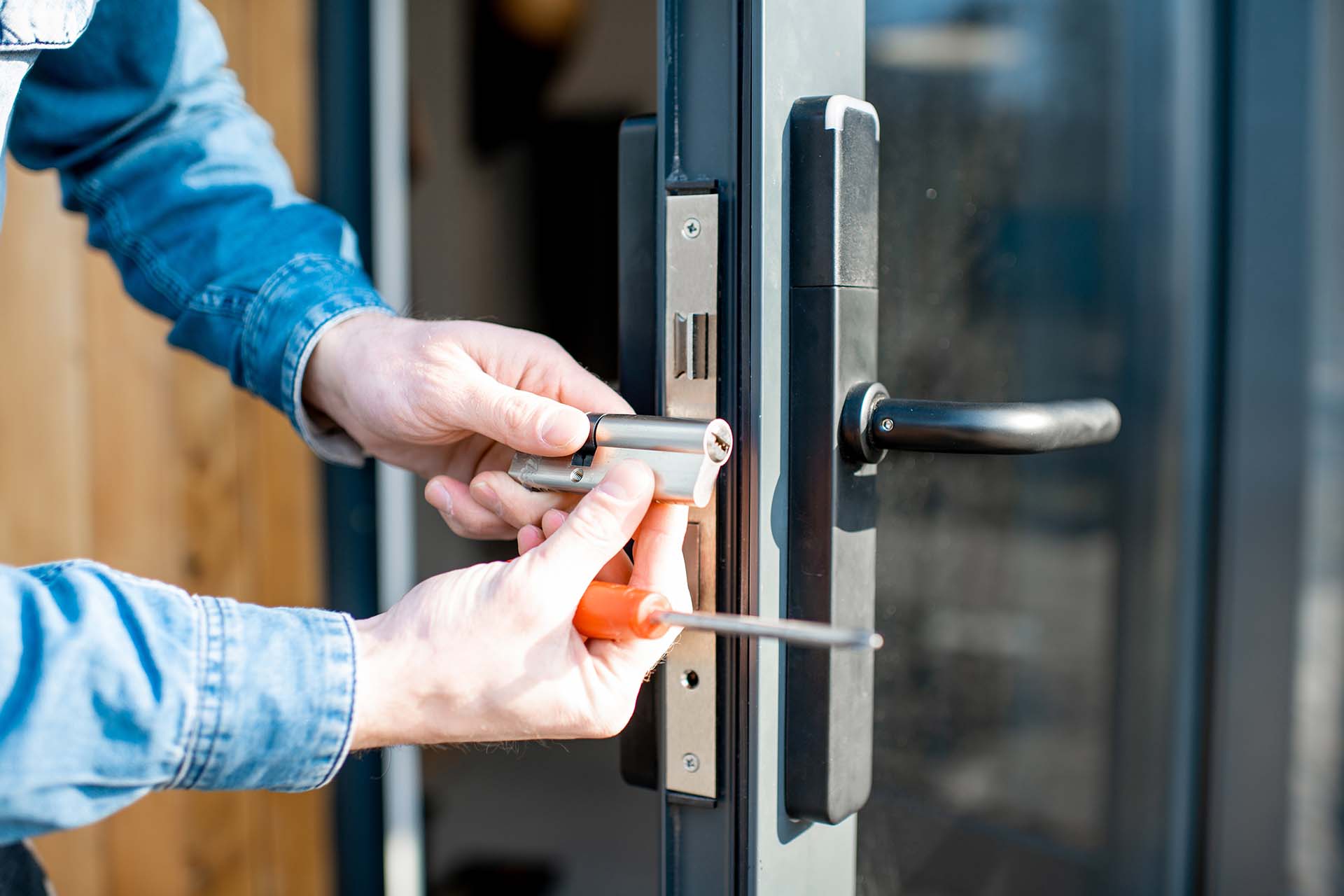

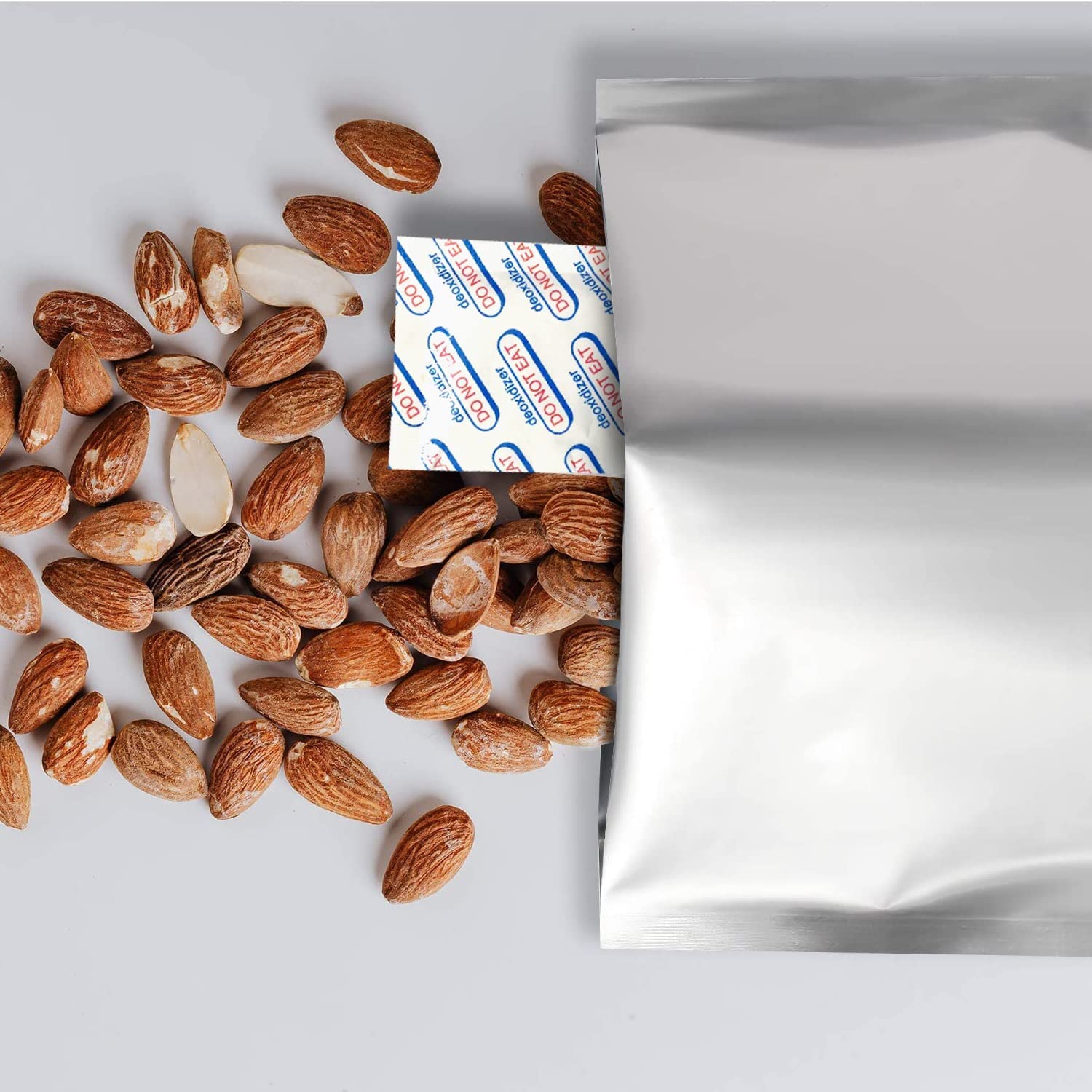

0 thoughts on “How To Store Oxygen Cylinders”